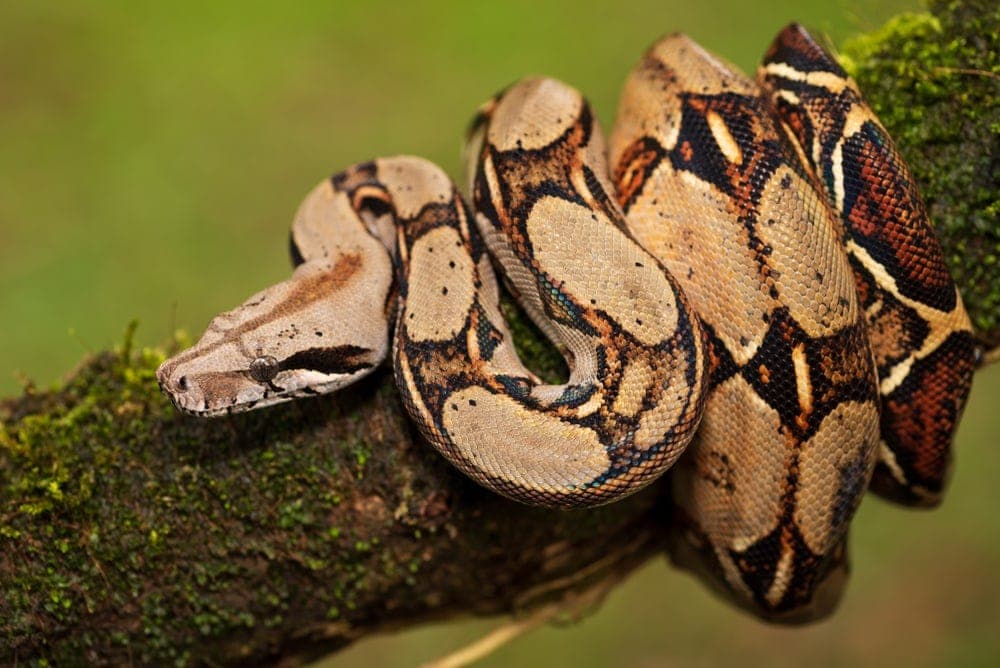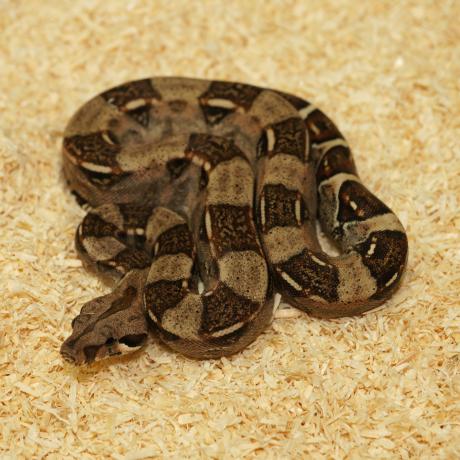

Lesions were most common on the caudal lumbar area of females and the dorsocranial area around the base of the head in males. The papillomas ranged in size from 2 to 20 mm and varied from two to 25 in number. 34Ī herpesvirus was shown in the papillomatous tissues of Lacerta lizards. Intranuclear inclusion bodies were present in the liver or lung of the affected lizards, and these inclusions contained virus particles morphologically consistent with herpesvirus. Histologic examination of tissues indicated that one affected lizard had random foci of necrosis in the liver and spleen and another had mild exudative pneumonia. Eight of the lizards died within 38 days, and one died 6 months after arrival at the facility. Nine wild-caught Agamas (Agama agama) that were introduced to a zoologic collection died during a 6-month period. Eosinophilic intranuclear inclusions bodies can be found in the kidneys from affected frogs. Neoplastic cells may be noted in ascitic fluid. Affected frogs typically died within months of spawning in a severely cachectic state. Viral shedding occurred during spawning the following spring, which continued the infectivity cycle. Tumor growth was most rapid during the spring and summer, and virus production was reported as highest in the fall when tumors reached their largest size. Spontaneous hemorrhage was reported in one affected iguana.Ī herpesvirus is the suspected cause of renal adenocarcinomas (Lucke's renal tumor), renal failure, and ascites in Northern Leopard Frogs (Rana pipiens). 32 Although the initial isolates were made from subclinical iguanas, herpesvirus infections have been implicated, but poorly documented, as a cause of anorexia, lethargy, brilliant green coloration, and lymphocytosis in some iguanas. Virus was recovered from the tissues of experimentally infected animals when they were necropsied 15 days after inoculation. The virus isolates were antigenically distinct from the avian and mammalian herpesviruses with which they were compared. Once isolated, the virus also replicated in primary cells collected from Box Turtles. 31Ī herpes-like virus was recovered in primary iguana cells inoculated with tissues from an adult Iguana that originated from a zoologic collection. Herpesvirus particles were described in the surgically excised venom glands of two of these cobras. Thick tenacious venom was reported in 80 of 400 Siamese Cobras imported from Thailand. 8,30,31 Affected snakes produced poor-quality venom that contained inflammatory cells. kaouthia), and Mojave Rattlesnakes (Crotulus scutulatus). Herpesviruses have been shown in association with venom gland infections in Indian Cobra (Naja naja), Banded Krait (Bungarus fasciatus), Siamese Cobras (N. 28 Subclinical herpesvirus infections have also been documented in Boa Constrictors with hepatic necrosis. The affected animals were from a female that had produced 16 young, nine that were stillborn and six that died within 1 year.
#Common boa constrictor skin
Hunted for their fine, ornate skin and for sale in the exotic pet trade, some boa constrictors have protected status in their range.BRAN RITCHIE, in Reptile Medicine and Surgery (Second Edition), 2006 Other SpeciesĪ herpesvirus was detected in young Boas ( Boa constrictor) that were born and raised in a European zoologic facility. The largest boa constrictor ever found measured 18 feet. Boas are about 2 feet long when they are born and grow continually throughout their 25 to 30-year lifespan.

Reproduction and Conservationįemale boas incubate eggs inside their bodies and give birth up to 60 live babies. Their jaws can stretch wide to swallow large prey whole.

Boas will eat almost anything they can catch, including birds, monkeys, and wild pigs. Their jaws are lined with small, hooked teeth for grabbing and holding prey while they wrap their muscular bodies around their victim, squeezing until it suffocates. Significantly smaller than anacondas, boas can grow up to 13 feet long and weigh more than 100 pounds. Like their anaconda cousins, they are excellent swimmers, but prefer to stay on dry land, living primarily in hollow logs and abandoned mammal burrows. Behaviorīoas are nonvenomous constrictors found in tropical Central and South America. Depending on the habitat they are trying to blend into, their bodies can be tan, green, red, or yellow, and display cryptic patterns of jagged lines, ovals, diamonds, and circles. Boa constrictors wear some of the most distinctive markings of all reptiles.


 0 kommentar(er)
0 kommentar(er)
